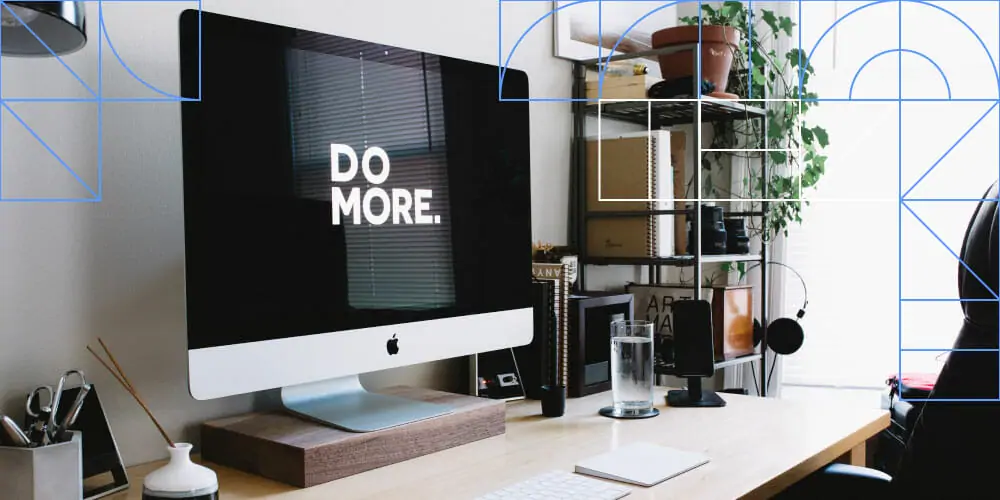By David Gold
Let’s be honest, 2020 has been a hard year for all of us. The pandemic continues to affect people and their careers, causing big changes in how we interact with our work. The design industry has already begun to adapt to these changes. Given that designers are natural social and professional leaders, these emerging trends in fields like graphic design, UX and UI design, architecture, interior design, and web design are likely to impact us all.
These are five important design trends for 2021 as seen across design industries — and represented within .design, the top-level domain for professional and aspiring designers.
1. More freelancing, more flexibility
With the idea of working from home more normalized than ever, companies are increasingly open to hiring remote talent. Designers are uniquely well-positioned to pivot to freelancing for companies that have maintained their business — or even grown — during the pandemic. Forbes reported that in a survey of graphic designers, 55% saw themselves freelancing for one or more companies in the future.
Designers can set themselves up for freelancing success by ensuring their online portfolios are optimized to impress potential clients. Creatives in any design field can elevate their branding and improve their online presence by using a memorable .design domain name for their portfolio website.
2. Digital UX design must be flawless
Websites and apps, rather than brick and mortar storefronts, are now the primary means of getting things done. Because people are more physically isolated now, the digital space provides a valuable pathway to human connection. That means elegant digital user experiences are more important than ever.
Designers are key to ensuring that digital user experiences are accessible, intuitive, and enjoyable. The last thing anyone wants is to waste time navigating a confusing website or hunting for an essential feature: people today are looking for intuitive and responsive interfaces.
Have you ever wondered what design elements contribute to a great user experience? Designer George Hatzis has compiled a series of helpful tips at checklist.design.
3. Soft, muted color palettes
One way designers can associate their products with feelings of security and safety is by using warm, simple color palettes. Vibrant, saturated colors can be overwhelming and fatiguing to look at, but pastels and softer colors are reassuring. Designers can go even further by choosing a retro-inspired color scheme, which is sure to bring comforting familiarity.
Color resources from the .design community include the Deep Learning Color Generator on eva.design, and the Data Color Picker on learnui.design.
4. Flat illustrations and geometric shapes
Instead of dropping in a staged stock photo, more graphic designers are opting for 2D illustrations in those soft, warm colors we mentioned above.
Geometric patterns and shapes, with precise edges and borders, make for a great visual contrast with those muted colors. They’re reassuringly neat and tidy: a big shift away from the sprawling organic shapes that were more popular a year ago.
Anyone can customize illustrations for free using blush.design— it’s a great resource and you don’t need to be a designer to use it!
5. Prominent text and traditional typefaces
In 2020, text took over Instagram. Savvy designers created slideshows with just the right amount of text on each slide. Videos — increasingly watched without sound — now convey important information with animated text rather than narration. Traditional fonts with serifs made a big comeback in 2020: Helvetica and other san-serif fonts started to feel too impersonal.
You can find fonts, graphics, and other typographic tips at text.design.
Designing for 2021 and beyond
Design never sits still — it’s constantly evolving and changing to better serve the challenges of our time. As designers develop elegant solutions to the world’s complex problems, we continue to look to them for inspiration and leadership.
David Gold is a Content Marketing Specialist at Top Level Design, the registry for .design, .gay, .wiki, and .ink. David is passionate about developing creative strategies for making the internet a more expressive and inclusive space.
